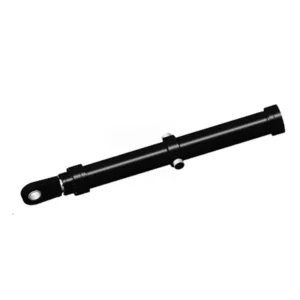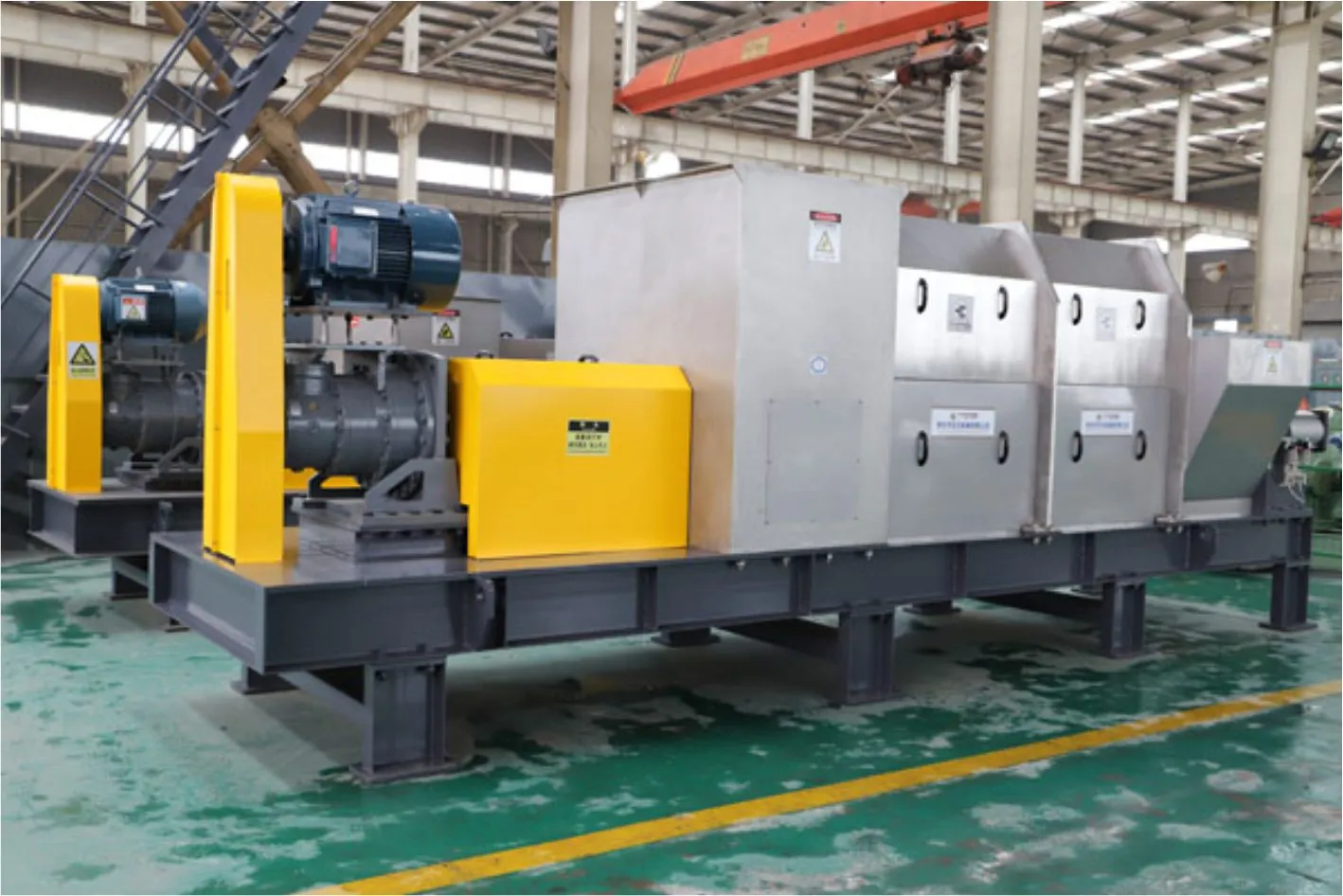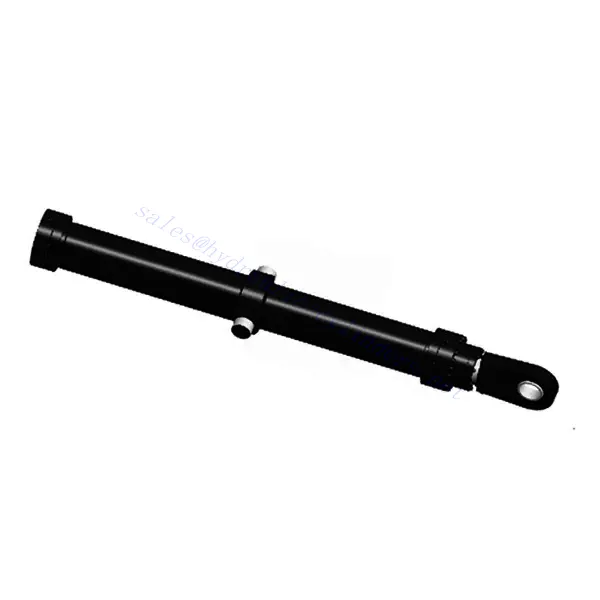Electric Furnace Cover Rotating Cylinder
Jako jeden z producentów, dostawców i eksporterów produktów mechanicznych, oferujemy cylindry hydrauliczne i wiele innych produktów.
Prosimy o kontakt w celu uzyskania szczegółowych informacji.
Poczta:sales@hydraulic-cylinders.net
Producent dostawca eksporter siłowników hydraulicznych.
Electric Furnace Cover Rotating Cylinder

The electric furnace cover rotating cylinder is an innovative product designed to optimize the operation of industrial furnaces, specifically in furnace cover rotation. This cutting-edge cylinder provides a reliable and efficient mechanism for the controlled process of furnace covers, facilitating seamless material handling and improving overall productivity.
The electric furnace cover rotating cylinder revolutionizes industrial furnace operations by providing precise control and enhanced efficiency in the furnace cover rotation process. With its robust construction, precise rotation control, electric actuation system, and advanced safety features, this cylinder streamlines material handling, optimizes furnace performance and boosts productivity. By following the recommended usage methods and maintenance practices, you can ensure the optimal operation and longevity of the electric furnace cover rotating cylinder, contributing to seamless and efficient furnace operations in your industrial setting.
Electric Furnace Cover Rotating Cylinder Key Characteristics:
- Robust Construction:
- The electric furnace cover rotating cylinder is built with high-quality materials, ensuring exceptional durability and longevity.
- Its sturdy construction enables it to withstand high temperatures, heavy loads, and demanding industrial environments without compromising performance.
- Precise Rotation Control:
- This cylinder offers precise and responsive control over the rotation process, allowing operators to achieve the desired angles accurately.
- The precise rotation control enhances operational efficiency, minimizes material spillage, and optimizes the flow of materials within the furnace.
- Electric Actuation:
- The electric furnace cover rotating cylinder operates through an electric actuation system, eliminating the need for manual adjustments.
- This electrically powered system provides convenience, speed, and precise control, streamlining the furnace cover rotation process and reducing human error.
- Safety Features:
- The cylinder has advanced safety features like overload protection and emergency stop mechanisms.
- These safety features ensure safe and reliable operation, preventing accidents and damage to equipment during the rotation process.
Electric Furnace Cover Rotating Cylinder Parameter:
| Product Name | Electric Furnace Cover Rotating Cylinder |
| Bore diameter: | 210mm |
| Rod diameter: | 125mm |
| Pressure: | 14MPa |
| Thrust force: | Maximum 484KN |
| Furnace Cover Rotating Cylinder Applications: | Electric Furnace |
(Bore diameter: 320mm/Rod diameter: 300/pressure14MPa)
Electric Furnace Cylinder Factory:

Usage Method Of Electric Furnace Cover Rotating Cylinder:
- Installation:
- Begin by ensuring that the electric furnace cover rotating cylinder is securely and correctly mounted on the furnace structure.
- Follow the manufacturer’s guidelines and specifications for correct positioning and attachment.
- Ensure that all connections, such as electrical wiring, are properly secured and free from loose connections.
- Electrical Connection:
- Connect the electric furnace cover rotating cylinder to the electrical power supply, following the manufacturer’s instructions and electrical codes.
- Verify that all electrical connections are secure and insulated to prevent potential hazards or malfunctions.
- Rotation Process:
- Activate the electric furnace cover rotating cylinder using the control panel or switch designated for rotation operations.
- The cylinder will rotate the furnace cover smoothly and precisely to the desired angle, allowing for efficient material handling and processing.
- Monitor the rotation process closely and make any necessary adjustments to achieve the ideal angle for the specific application.
- Integration with Control Systems:
- The electric furnace cover rotating cylinder can be seamlessly integrated into existing furnace control systems.
- Consult with a qualified technician or the manufacturer’s guidelines to ensure proper integration and compatibility with your specific furnace setup.
How To Replace Hydraulic Cylinder Seals?
Repairing a hydraulic cylinder requires a good understanding of hydraulic systems, proper tools, and adherence to safety guidelines. Here’s a general guide on how to repair a hydraulic cylinder:
- Safety First:
- Before starting any repair work, ensure that the hydraulic system is depressurized and the cylinder is safe.
- Use appropriate personal protective equipment (PPE) such as gloves and safety glasses to protect yourself from potential hazards.
- Identify the Problem:
- Determine the specific issue with the hydraulic cylinder. It could be a leak, damaged seals, bent rods, or other mechanical problems.
- Inspect the cylinder thoroughly, looking for damage, wear, or contamination.
- Gather the Necessary Tools and Parts:
- Collect the required tools and equipment for the repair, such as wrenches, pliers, seal kits, torque wrenches, and a hydraulic press.
- Ensure you have the necessary replacement parts, including seals, O-rings, and any other components that need replacing.
- Disassembly:
- Carefully disassemble the hydraulic cylinder, following the manufacturer’s guidelines if available.
- Remove the retaining hardware, such as bolts, pins, or clips, to separate the cylinder components.
- Take note of the order and orientation of the components as you disassemble to ensure correct reassembly.
- Inspection and Cleaning:
- Inspect all disassembled components for damage, wear, or signs of contamination.
- Clean the components thoroughly using an appropriate solvent to remove dirt, debris, and hydraulic fluid residue.
- Inspect the cylinder barrel, piston rod, seals, and other internal parts for any signs of scoring, pitting, or other damage.
- Seal Replacement:
- Replace any damaged or worn seals, O-rings, or gaskets with new ones from the seal kit.
- Remove the old seals carefully, ensuring that they do not scratch or damage the cylinder surfaces.
- Lubricate the new seals with hydraulic oil and install them in their proper positions according to the manufacturer’s specifications.
- Rod Straightening or Replacement:
- If the piston rod is bent or damaged, it may need to be straightened or replaced.
- Straighten a bent rod using a hydraulic press or seek professional assistance if the damage is severe.
- If replacement is necessary, carefully remove the old rod and install the new one, ensuring proper alignment and threading.
- Reassembly:
- Reassemble the hydraulic cylinder, following the reverse order of disassembly.
- Apply a thin film of hydraulic oil or grease to the internal components to ensure smooth operation and prevent damage during startup.
- Testing and Inspection:
- Once the hydraulic cylinder is reassembled, test its operation before reinstalling it.
- Connect the cylinder to the hydraulic system and slowly pressurize the system to check for any leaks, abnormal sounds, or irregular movements.
- Verify that the repaired cylinder operates smoothly and meets the desired performance standards.
Możliwości i pojemność fabryki:
(1) Montaż
Dysponujemy najwyższej klasy niezależną platformą badawczo-rozwojową. Warsztat produkcji siłowników hydraulicznych posiada cztery półautomatyczne linie montażowe siłowników podnoszących i jedną automatyczną linię montażową siłowników przechyłu, o projektowanej rocznej zdolności produkcyjnej 1 miliona sztuk. Specjalny warsztat cylindrów jest wyposażony w różne specyfikacje półautomatycznego systemu montażu czyszczącego o projektowanej rocznej zdolności produkcyjnej 200 000 i wyposażony w słynny sprzęt do obróbki CNC, centrum obróbcze, specjalny sprzęt do precyzyjnej obróbki cylindrów, robot spawalniczy, automatyczna maszyna czyszcząca, automatyczna maszyna do montażu cylindrów i automatyczna linia produkcyjna do malowania. Istniejący krytyczny sprzęt składa się z ponad 300 zestawów. Optymalna alokacja i efektywne wykorzystanie zasobów sprzętowych zapewniają wymagania dotyczące dokładności produktów i spełniają potrzeby wysokiej jakości produktów.


(2) Obróbka
Warsztat obróbki skrawaniem jest wyposażony w niestandardowe centrum tokarskie z pochyloną szyną, centrum obróbcze, szybkobieżną honownicę, robota spawalniczego i inny powiązany sprzęt, który może obsługiwać przetwarzanie rur cylindrycznych o maksymalnej średnicy wewnętrznej 400 mm i maksymalnej długości 6 metrów.

(3) Spawanie

(4) Malowanie i powlekanie
Z małymi i średnimi automatycznymi liniami do powlekania farbami na bazie wody, w celu osiągnięcia automatycznego załadunku i rozładunku robota oraz automatycznego natryskiwania, wydajność projektowa 4000 sztuk na zmianę;
Posiadamy również półautomatyczną linię do produkcji farb do dużych cylindrów napędzaną łańcuchem napędowym, o wydajności 60 skrzyń na zmianę.


(5) Testowanie
Dysponujemy najwyższej klasy urządzeniami kontrolnymi i stanowiskami testowymi, aby zapewnić, że wydajność cylindra spełnia wymagania.

We are one of the best hydraulic cylinder manufacturers. We can offer comprehensive hydraulic cylinders. We also provide corresponding przekładnie rolnicze. Eksportowaliśmy nasze produkty do klientów na całym świecie i zdobyliśmy dobrą reputację dzięki najwyższej jakości produktów i usług posprzedażnych. Zapraszamy klientów w kraju i za granicą do kontaktu z nami w celu negocjacji biznesowych, wymiany informacji i współpracować z nami!
Zapraszamy na wycieczkę po naszej fabryce VR:
Wybierz się na wycieczkę po naszej fabryce VR z następującymi elementami
Jak działa siłownik hydrauliczny wózka widłowego?
Siłownik hydrauliczny Zastosowanie:


